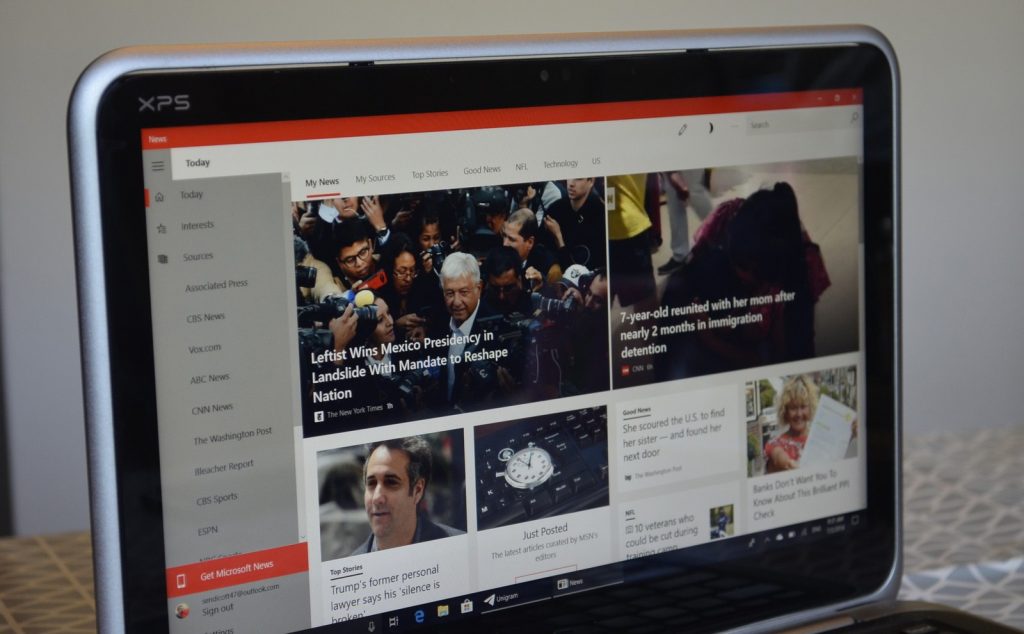While the News app on Windows 10 didn’t look terrible, it was looking dated. A newer version has rolled out to Windows Insiders which brings it more in line with Windows 10’s Fluent Design.
This comes shortly after the rebranding and refresh of Microsoft News on iOS and Android, which is a great sign that Microsoft is keeping the app up-to-date across all platforms. The app is only available to Windows Insiders, but I was able to get the latest version by electing to receive app updates without having to upgrade my PC to a new build.
As I usually do with preview software, I won’t be reviewing it but will break down the changes that have already happened and list what I’d like to see changed before the app’s public release.
The core feature set of Microsoft News hasn’t changed. You can personalize your feed by entering your interests, browse content by category, or view specific sources. Microsoft uses a combination of AI and hundreds of editors to curate the news that populates your feed.
News has always earned high marks from us because of its clean layout and ability to view news from multiple sources. You can also get breaking news alerts to keep you in the loop.
First look at the new Microsoft News app for Windows 10
A more visual change that comes with the new version is the introduction of Fluent Design and a name change to Microsoft News. While there isn’t much of a difference between News, MSN News, and Microsoft News in my eyes, it keeps the branding in line with the app’s iOS and Android counterparts.
The Fluent Design makes a visual change for the better and moves it further away from the metro designs of the past. That being said, the transformation isn’t complete. While transparency is nice, it takes more than that to make a Fluent Designed application. These requests might come off as nit-picks, but Microsoft is the one pushing the design language so they should be fully committed.
The app currently lacks reveal effects that change depending on where your mouse is over an icon. It also has a back button in a location that goes directly against Microsoft guidelines.
Sources: windowscentral.com






